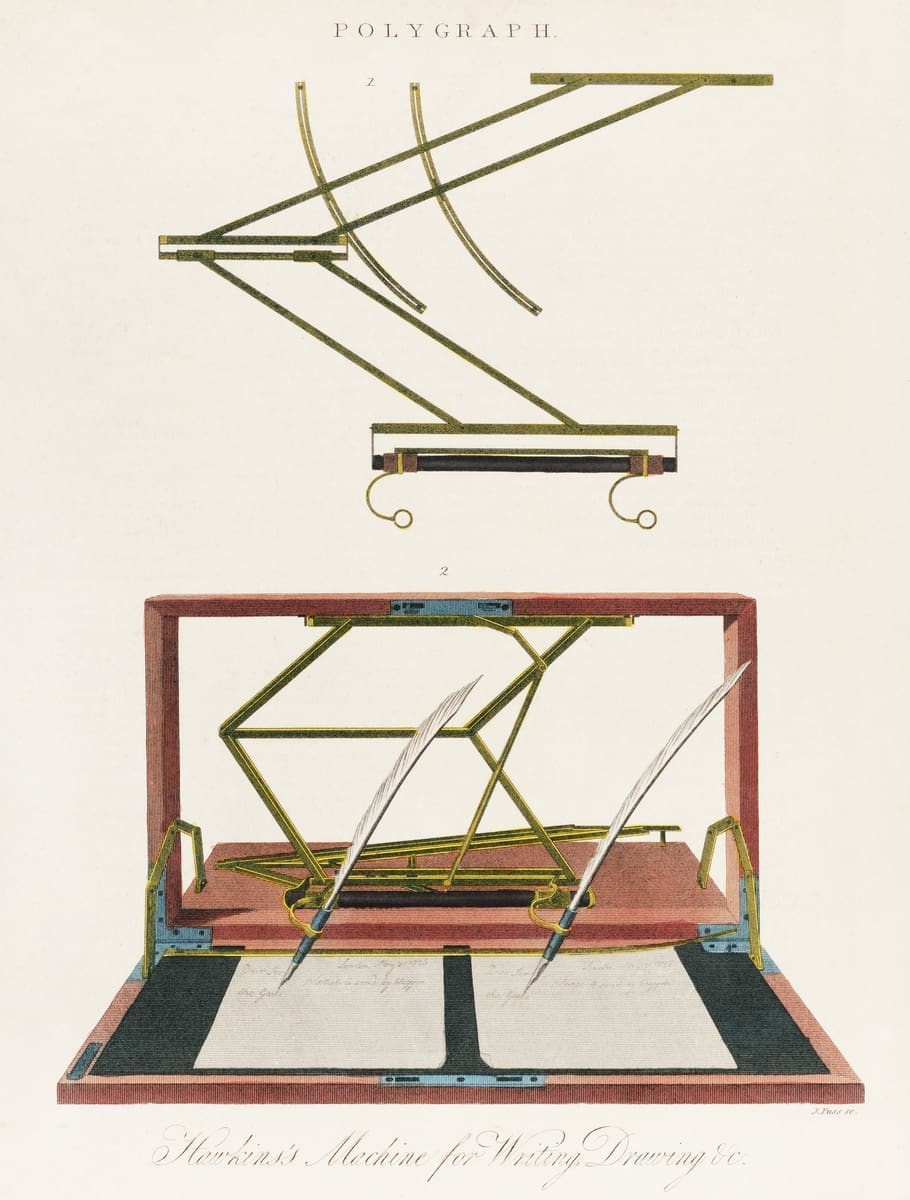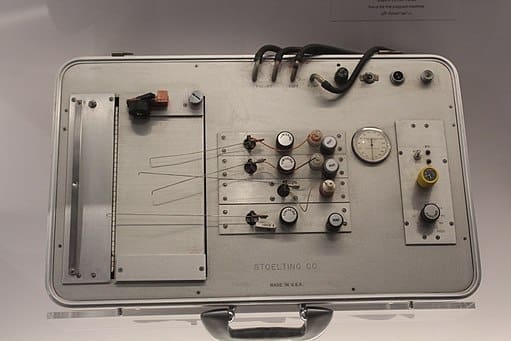You’ve seen them on your favorite crime shows and even in movies- the scene opening up on a small, dimly lit interrogation room within a busy police station, complete with one lonely table and two chairs, a large, threatening-looking polygraph machine(also known as a lie detector test) resting atop the shiny tabletop. In most television shows, the polygraph is administered by a third party, usually to a person of interest in a spiraling police investigation. The person in question answers a variety of personal questions regarding their name, occupation, status, etc., followed by a line of questions regarding a possible crime or wrongdoing within the criminal investigation- all the while the polygraph pen swivels wildly across the chart. In these dramas, the polygraph machine is seen as a Hail Mary- a last-ditch effort or surefire way for the police or other authority to definitively deem a person guilty or not guilty of an action. But is this how lie detector tests work in reality? And are they as reliable as the television shows make them out to be? Keep reading to find out the answers.
But first- the history.

The first polygraph machine was invented in 1921 in Berkeley, California, by a police officer and medical student named John Augustus Larson. Larson’s base idea for this machine was to use a person’s stress, which typically correlates physiologically as an increased heart rate, breathing, and/or blood pressure- all three of which are measured by the polygraph. Once the government heard about this machine, they instantly implemented it at their crime-fighting and intel-collecting agencies. However, in 1923 the scientific community questioned the machine’s validity of its results- claiming that the machine had not been thoroughly researched and tested enough to prove its effectiveness and consequent reliability of its effects. In 1998, the United States government passed a ruling that enabled each state to decide whether lie detector test results would be admissible as evidence in a court of law.
So, how does a lie detector test work?
Polygraph machines and technology have come a long way since 1921, but the foundation is still the same. Each polygraph machine has extremely sensitive sensors that adhere to the individual’s body, placed on carefully calculated spots around the individual’s body to ensure maximum accuracy potential. The physiological changes from that individual’s body sensors are triggered by increased activation within their sympathetic nervous system. This system controls the involuntary physiological systems necessary for life, such as heart rate, blood pressure, respiration, and perspiration. The changes are recorded via the lie detector test via pen and graph charting. These charts are then analyzed and interpreted to quantify how many times the individual exhibited periods of physiological dishonesty.
How accurate are they?
The American Polygraph Association (APA), based out of Chattanooga, Tennessee, is the leading professional polygraph organization globally, with highly trained polygraph examiners administering hundreds of polygraphs each year worldwide. The APA has a strict code of ethics, guidelines, and educational requirements. The educational requirements for this profession include many hours of coursework at an APA-approved school, an internship after that, followed by annual hours of continuing education training. Due to these strict standards, the APA is proud to obtain accuracy rates exceeding 90 percent, with the general accuracy of polygraph testing around 87%.
So if you find yourself questioning a loved one in your life or would like to conduct a social experiment on a spouse or close friend, obtaining a lie detector test isn’t that far out of reach.
Featured Deror avi, CC BY-SA 4.0 via Wikimedia Commons




